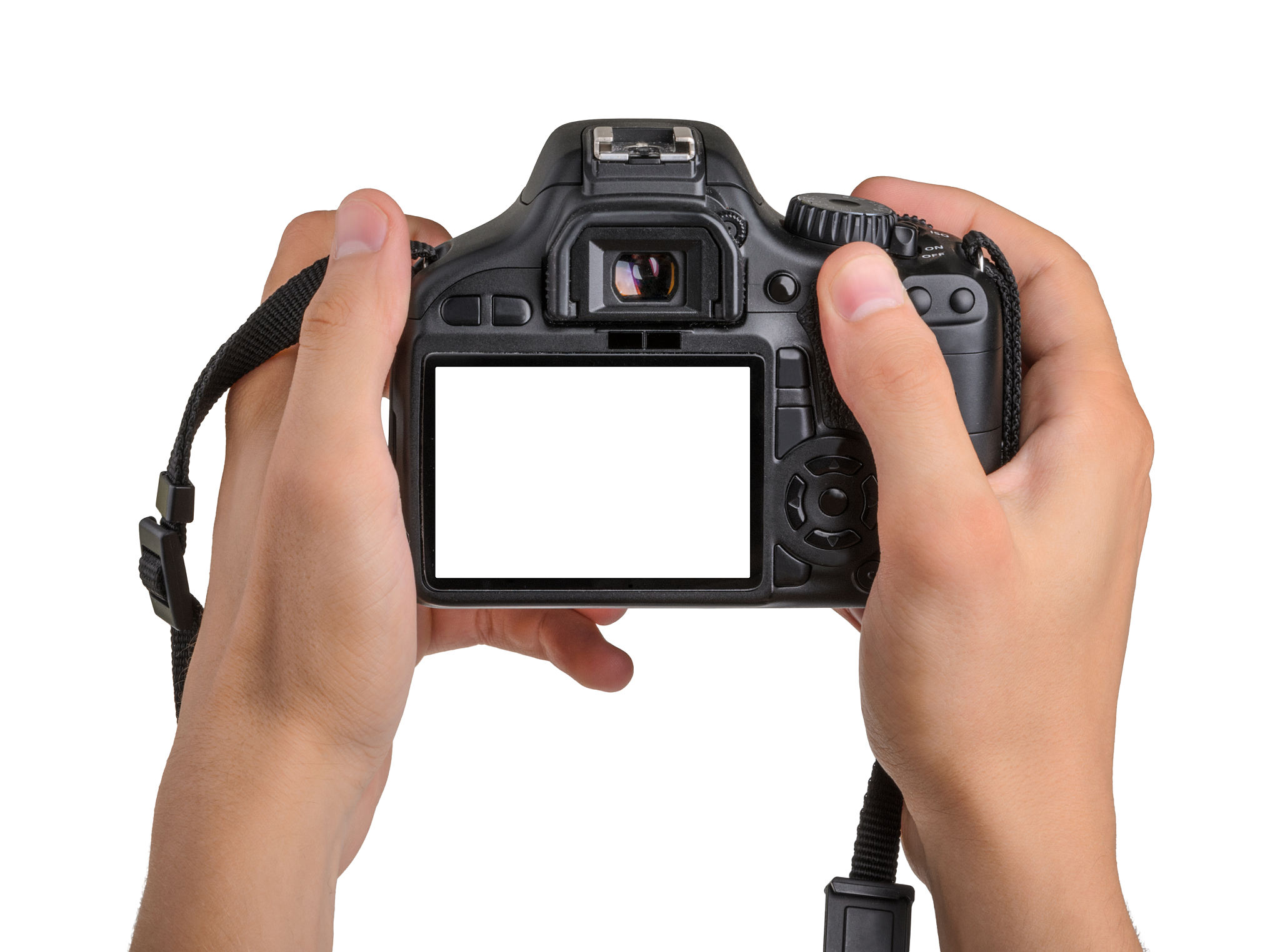10 Common Photography Myths Debunked by Experts
Understanding Photography Myths
Photography is an art form that has captivated people for centuries. However, with its rise in popularity, numerous myths have emerged, misleading both beginners and seasoned photographers. It's essential to separate fact from fiction to improve your skills and understanding of photography.

Myth 1: Expensive Gear Equals Better Photos
One of the most prevalent myths is that you need high-end equipment to take great pictures. While having good gear can enhance image quality, it's the photographer's skill, creativity, and understanding of composition that truly make a difference. Many iconic photographs were taken with basic equipment.
Myth 2: Always Use the Rule of Thirds
The rule of thirds is a fundamental guideline in photography, suggesting that images are more visually appealing when subjects are placed on imaginary lines dividing the frame into thirds. However, it's not a strict rule. Breaking it can lead to striking compositions and unique perspectives. Experimentation is key.

Myth 3: Natural Light Is Always Best
Natural light can create beautiful photos, but it's not always the best choice. Harsh sunlight can cause unwanted shadows and highlights. Sometimes, artificial lighting or reflectors are necessary to achieve the desired effect. Understanding how to manipulate different light sources is crucial.
Technical Misconceptions
Myth 4: Always Shoot in Manual Mode
Many photographers believe that shooting in manual mode is the only way to be professional. While manual mode gives complete control over settings, other modes like aperture priority or shutter priority can be beneficial in various situations, simplifying the process and still yielding excellent results.

Myth 5: Megapixels Matter Most
Megapixels often get a lot of attention, but they aren't the sole determinant of photo quality. Sensor size, lens quality, and image processing technology play significant roles in capturing high-quality images. A higher megapixel count is only crucial when making large prints.
Artistic Myths
Myth 6: Editing Is Cheating
Editing has been part of photography since its inception. In the digital age, tools like Photoshop and Lightroom are essential for refining images and realizing creative visions. Editing is not cheating; it's an extension of the creative process that allows photographers to express their artistic intent.

Myth 7: Black and White Photos Are Always More Artistic
While black and white photography can be powerful, it doesn't automatically make an image more artistic. The choice between color and monochrome should be intentional, based on the story or emotion you want to convey. Both styles have their place in visual storytelling.
Practical Misbeliefs
Myth 8: You Must Have Formal Training
While formal education can be beneficial, it's not a requirement for becoming a skilled photographer. Many successful photographers are self-taught, learning through practice, online resources, and community feedback. Passion and dedication often outweigh formal credentials.

Myth 9: You Can Fix Everything in Post-Production
While editing software is powerful, relying solely on post-production to fix issues like poor composition or exposure is not ideal. Strive to capture the best possible image in-camera to save time and preserve quality during editing.
Myth 10: Professional Photographers Never Make Mistakes
Even experienced photographers make mistakes. Photography is a continuous learning process, and errors are opportunities for growth. Embrace mistakes as part of the journey to becoming a better photographer.
By debunking these common myths, you can focus on developing your skills and creativity, leading to more fulfilling and successful photography experiences.
